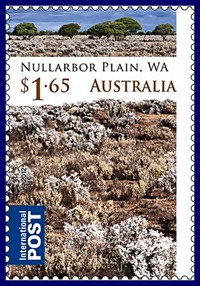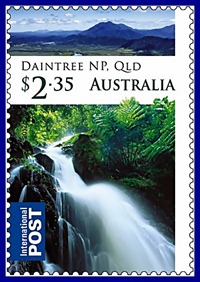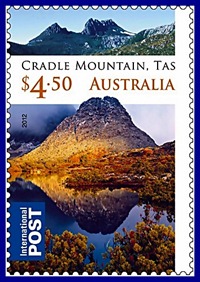
Ukrainian State Enterprise of Posts Ukrposhta , issued a souvenir sheet stamp consist of four stamps depict several endangered species, e,g: the Black Sea bottlenose dolphin, Butterfly-lion, Saker Falcon, and Beech Marten on July 28, 2005.
Karadag Nature Reserve was organized in 1979 on the base of Karadag research station named after T. I. Vyazemskiy and founded by him back in 1914. Karadag Nature Reserve occupies the area of 2874 ha. It is a unique haven of landscape and biological diversity (2870 flora species and 5350 fauna species), a gene pool of rare plant and animal species, a kind of refuge of Mediterranean fauna in the Crimea.

Black Sea bottle-nosed Dolphin (Tursiops truncatus ponticus )
Bottlenose dolphins live in groups typically of 10–30 members but group size varies from single individuals up to more than 1,000. Their diets consist mainly of forage fish. Dolphins often work as a team to harvest fish schools, but they also hunt individually.
Bottlenose dolphins search for prey primarily using echolocation, which is similar to sonar. They emit clicking sounds and listen for the return echos to determine the location and shape of nearby items, including potential prey.
The Black Sea bottlenose dolphin, the genus Tursiops, are the most common and well-known members of the family Delphinidae, the family of oceanic dolphin.
The Black Sea bottlenose dolphin, or Tursiops truncatus ponticus , qualifies for listing as Endangered species.The range of the Black Sea subspecies includes the territorial waters and exclusive economic zones of Bulgaria, Georgia, Romania, Russia, Turkey and Ukraine in the Black Sea.







